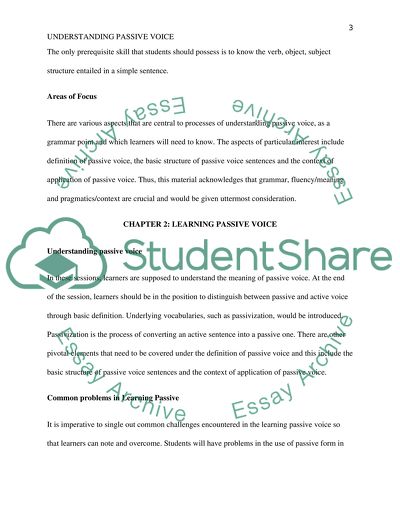Cite this document
(“GRAMMAR PROJECT 3 - designing a variety of materials that focus Research Paper”, n.d.)
Retrieved de https://studentshare.org/english/1470315-grammar-project
Retrieved de https://studentshare.org/english/1470315-grammar-project
(GRAMMAR PROJECT 3 - Designing a Variety of Materials That Focus Research Paper)
https://studentshare.org/english/1470315-grammar-project.
https://studentshare.org/english/1470315-grammar-project.
“GRAMMAR PROJECT 3 - Designing a Variety of Materials That Focus Research Paper”, n.d. https://studentshare.org/english/1470315-grammar-project.


